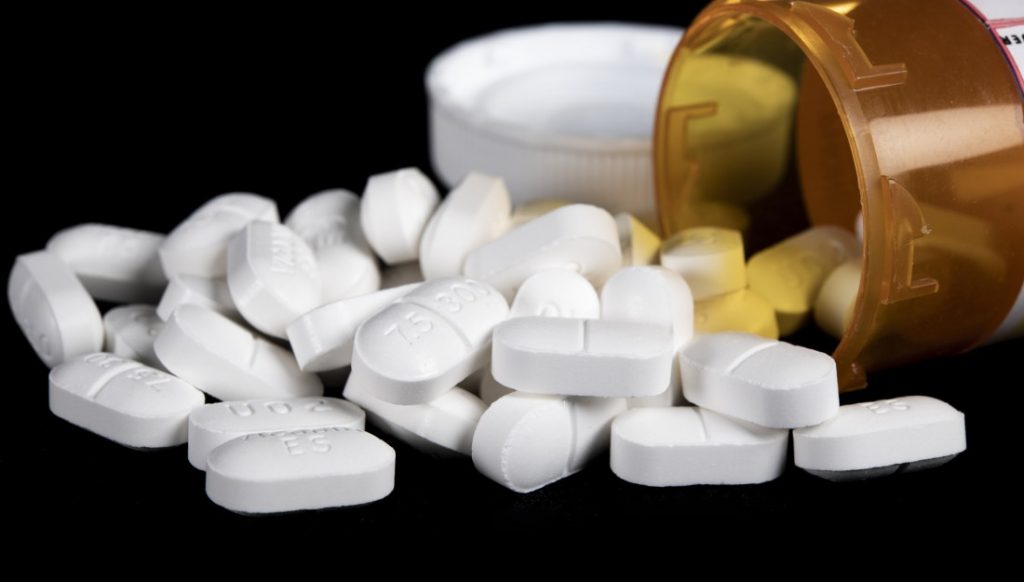The ongoing opioid crisis in the United States reflects the unintended consequences of a nation-wide effort to help individuals control their pain. The health care system has, since the mid-1990s, employed an approach to pain management that focuses on the pharmacological masking of pain, rather than treating the actual cause(s) of the pain when its source can be identified. This strategy has resulted in a dramatic increase in opioid prescribing, causing widespread opioid misuse and addiction. It also has led, in the last few years, to a growing realization that current strategies for managing pain have to change—those opioid-centric solutions for dealing with pain at best mask patients’ physical problems and delay or impede recovery and at worst may prove to be dangerous and even deadly. According to the American Physical Therapy Association (APTA), “the health care system must reexamine its approach to pain, including how causal factors are identified, what tools or measures are used to quantify its impact, and how the approach to treatment is aligned with the patient’s goals and values. Ensuring that patients and families are aware of and have access to various options for care is a significant step in addressing this complex issue”.
Physical therapy is a dynamic profession with an established basis for therapeutic interventions capable of restoring, maintaining, and promoting optimal physical function. Physical therapists work both independently and as members of multidisciplinary healthcare teams to enhance the health, well-being, and quality of life of their patients, who present with a wide range of conditions including those that commonly cause pain. The CDC’s recommendations point to “high-quality evidence” that treatments provided by physical therapists (PTs) are especially effective at reducing pain and improving function in cases of low back pain, fibromyalgia, and hip and knee osteoarthritis. Additionally, a number of studies show the efficacy of Physical Therapist interventions in preventing, minimizing, and, in some cases, eliminating pain in patients post-surgery, in patients with cancer, and in other clinical scenarios.
Physical therapy is playing a leading role in tackling the opioid epidemic by restoring well-being and mobility in the lives of those suffering from the effects of opioid overuse. Unlike opioids, physical therapy doesn’t mask pain. Physical therapy may contribute to major reductions in pain and significant gains in physical independence through the employment of effective, personalized treatments. Physical Therapists work with patients to develop calculated and tailored programs that progress patients from rest to mobile, and in most instances, pain-free activity.
Ending the opioid epidemic will require collaboration among patients, families, providers, payers, and professionals across the continuum of health care settings, from primary care practices and pharmacies to hospitals and behavioral health facilities. Physical therapists, who engage in an examination process that focuses on not only the symptoms of pain but also the movement patterns that may be contributing to pain, must become central to this multidisciplinary strategy.
If you are struggling with managing your chronic pain, CardioFlex Therapy can help! To schedule a screening, make an appointment, or ask your doctor about CardioFlex Therapy for your therapy needs, call us and we will guide you to get started as soon as possible at our Davie outpatient clinic or in the comfort of your home. Our phone number: 954-693-9090.
For more info visit: www.cardioflextherapy.com

About the Author Terry Abrams is the President & Director of Physical Therapy for CardioFlex Therapy, a start-up company founded in 2005 in Fort Lauderdale, FL. Delivering both Physical Therapy & Occupational Therapy, CardioFlex Therapy’s Outpatient Clinic is centrally located in Davie, FL serving the towns of Cooper City, Weston, Pembroke Pines, Plantation, Southwest Ranches, Hollywood, Miramar, Sunrise, & Fort Lauderdale. For Home Physical Therapy, CardioFlex sends its therapists to homes located in Broward, Dade, & Palm Beach counties.


